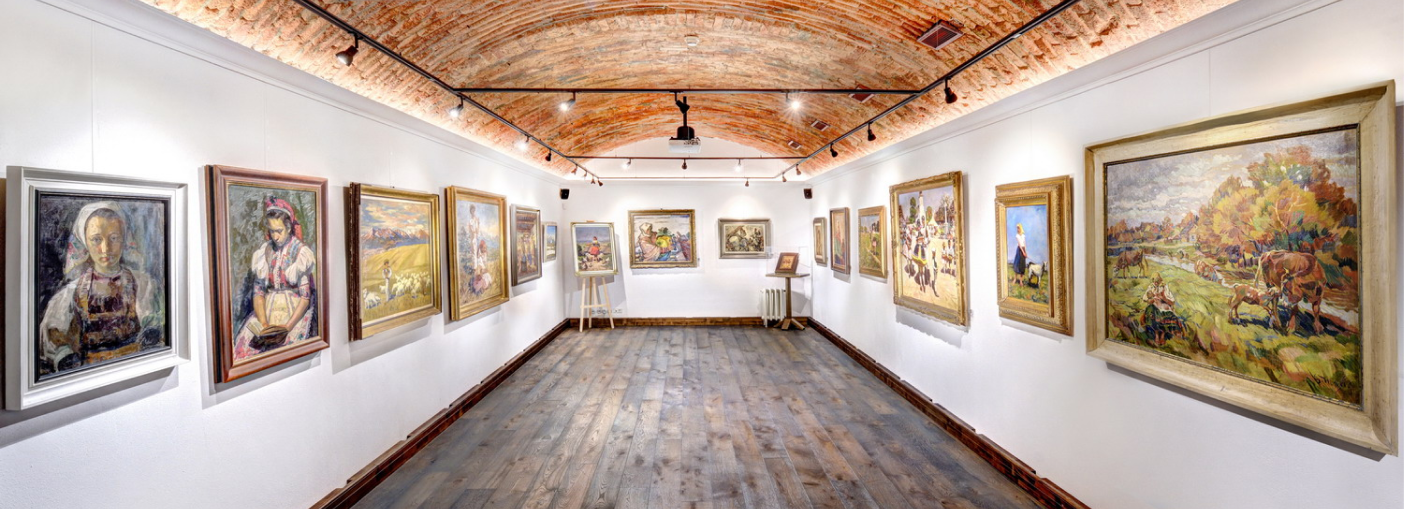
Karol Polónyi was born 26th September 1894 in Berehovo, Ukraine and died on 26th August 1946 in Ružomberok. He studied at the University of Fine Arts in Budapest. He spent longer time studying in Vienna and Munich. He worked as a professor of drawing in Berehovo and lived in Ružomberok after 1925. His studies in Munich and Vienna led to admiration of artistic traditions of the 19th century. After settling in Liptov, Polónyi discovered the work of F. Katona for himself. Polónyi specialised in painting of High Tatras that he captured in the metamorphoses of the respective seasons of the year, most often in autumn. More than the silhouettes of the sharp peaks seen from the distance, he was attracted by the massive of the respective mountains, reflected in the tarns of the Tatra mountains. He also painted the Low Tatras, villages of Orava and Liptov, markets of Ružomberok and vistas from other parts of Slovakia as well as of maritime lands. His painting reflects the light and colours of the depicted situation without major tonal and luminous contrasts. Under the influence of the contemporary artistic tendencies, he attempted for a simplified landscape scene stylised on large surfaces. His estate contained several expressive, geometrically stylised composition. He held individual exhibitions in Považská Bystrica (1938) and Ružomberok (1948). Bibliography: Brogyányi, K.: Polónyi Károly. In.: A szlovákai magyar müvészet albuma. Budapest 1942; Váross, M.: Slovenské výtvarné umenie 1918-1945. Bratislava 1960, s.79, 82.
